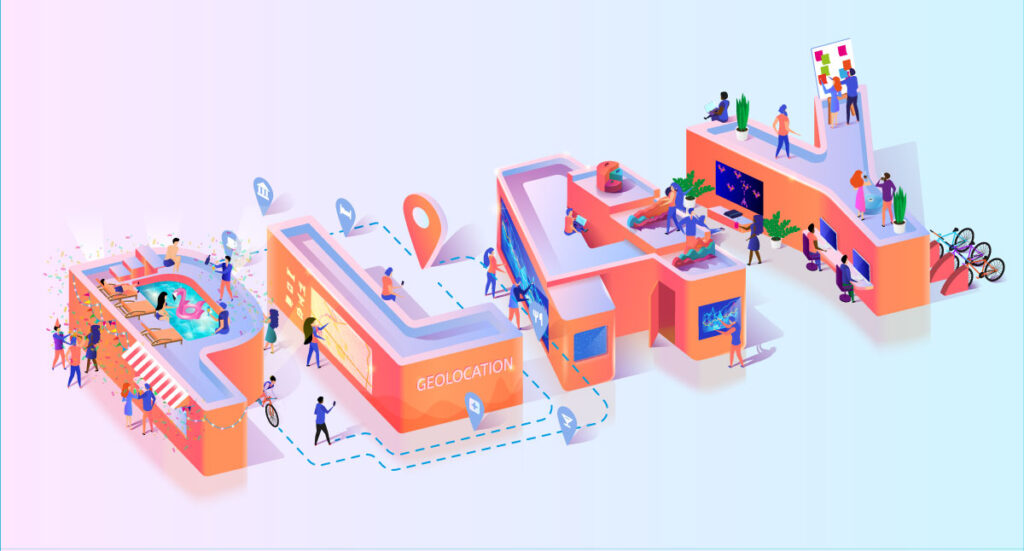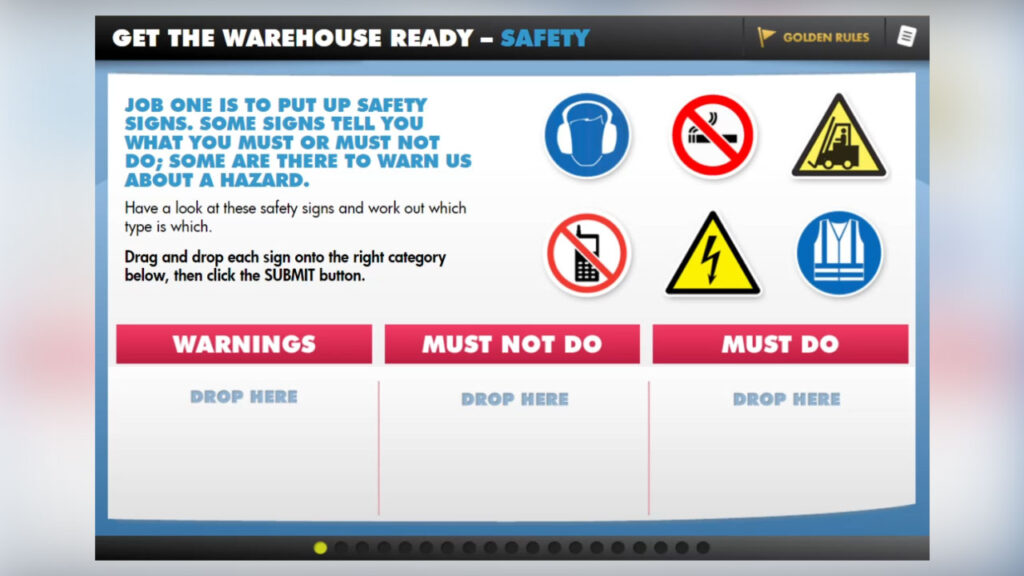In the words of Henry Ford, founder of the Ford Motor Company and one of the 20th century’s most successful business people, “the only thing worse than training your employees and having them leave, is not training them and having them stay.”
Indeed, the business value of an effective training program, and the implementation of employee training methods, seems self-evident: a incisive study by LinkedIn found that a staggering 94% of employees will stay with a company long-term if there are training opportunities available; furthermore, 87% of millennials – projected to represent three-quarters of the workforce by 2025 – reported that job development is an important consideration in employment (LinkedIn). Similarly, the Association for Talent Development (ATD) concluded that companies are up to 218% more profitable when they offer formalised training programs (ATD).
But with so many educational avenues and training methods available – instructor-led training, reviewing case studies, on-the-job training, online training, group discussions, social learning and so on – it’s little wonder if your business is struggling to find the optimal resources, techniques for onboarding. Just what are the most effective training methods for employees? That’s the question we’ll answer today. At Sliced Bread Animation – leading animation studio and developers of virtual reality training, as well as animated explainer videos and gamification projects – we’re well-versed in cutting-edge, future-proof employee training methods. To tell us about your next project and explore some innovative new concepts, get in touch with us today.
Why is Choosing a Training Method Important?
Whether for new employees or long-time staff, the first thing to say is this: committing to employee training programs is well and good, but your selection of employee training methods is vitally important in determining ultimate success or failure.
It’s one of those situations where the way it’s communicated, matters as much as the message. Done right, employee training is a great way to foster staff retention and accelerate onboarding processes. As recruitment and career specialists Indeed put it, “When a new employee joins the team, they are typically excited and eager to learn all there is to know about the company. Existing staff members also need training to learn and develop skills. In either situation, the method is just as important as the material” (Indeed).
Your choice between the different types of training methods is crucial because people acquire knowledge in different ways; in this sense, you need to focus your efforts on ‘360-degree employee training,’ that speaks to several different learning styles simultaneously.
Generally speaking, learning styles can be split into three categories:
- Visual learners: Learn by seeing and watching
- Auditory learners: Learn by listening and absorbing
- Kinesthetic learners: Learn by doing and demonstrating











